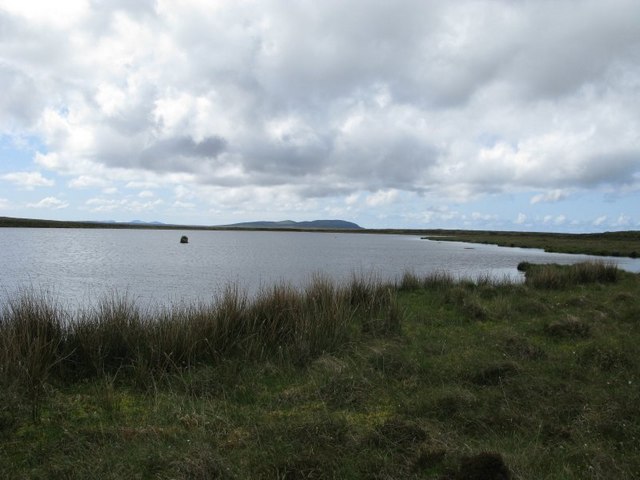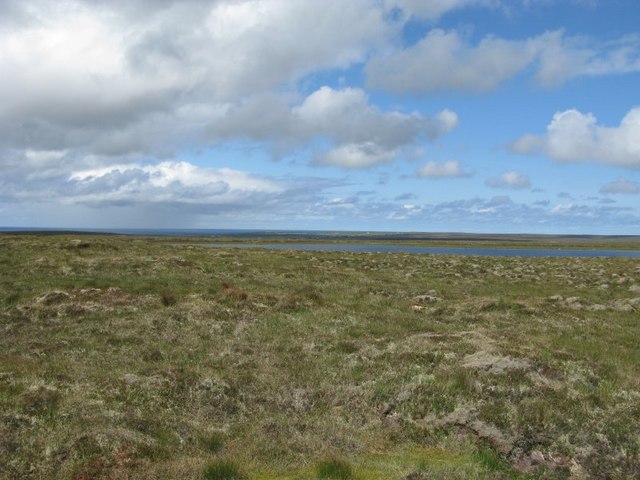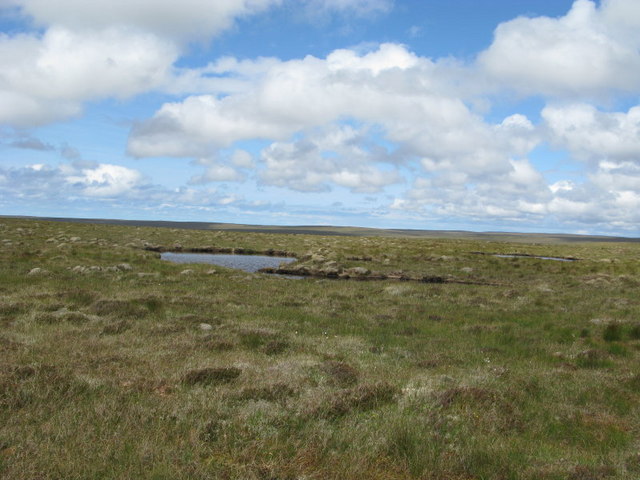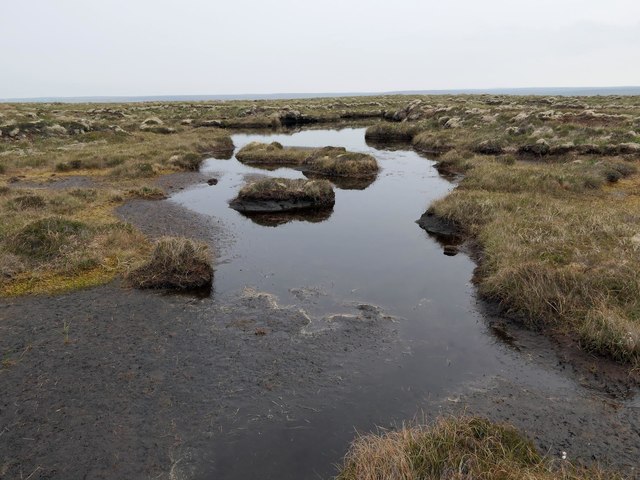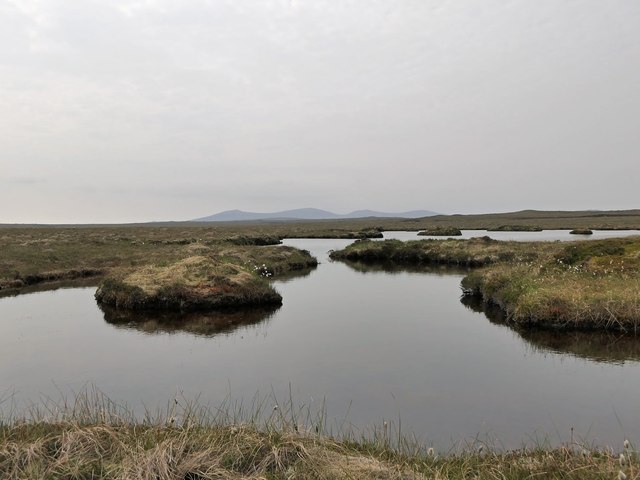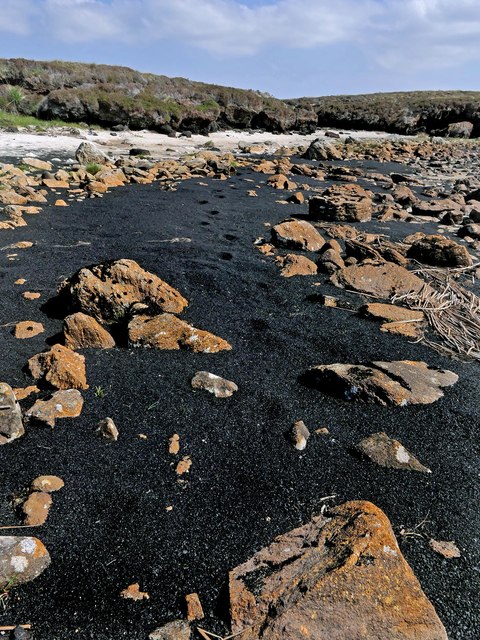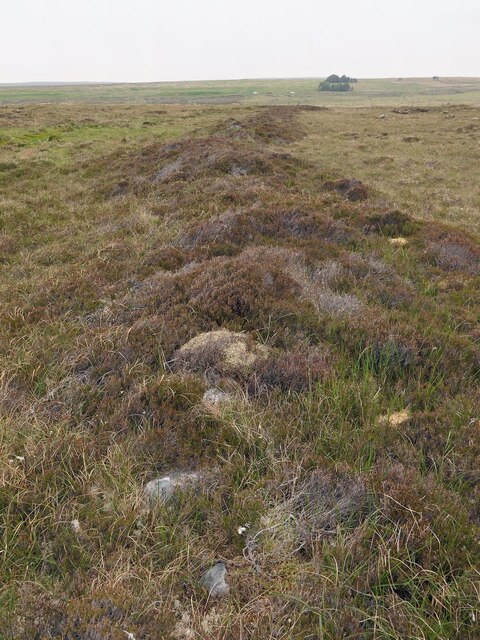Loch Sgeireach Tom Aister
Lake, Pool, Pond, Freshwater Marsh in Ross-shire
Scotland
Loch Sgeireach Tom Aister

Loch Sgeireach Tom Aister is a picturesque freshwater loch located in Ross-shire, Scotland. Nestled amidst the stunning Scottish Highlands, it offers a serene and tranquil setting for visitors to enjoy. The loch is surrounded by rolling hills and lush greenery, adding to its natural beauty and charm.
With an area of approximately 10 acres, Loch Sgeireach Tom Aister is not one of the largest lochs in the region, but it makes up for its size with its captivating scenery. The crystal-clear waters of the loch reflect the surrounding landscape, creating a mesmerizing visual spectacle.
The loch is home to a diverse range of aquatic flora and fauna, which thrive in its rich ecosystem. Visitors can spot various species of fish, such as brown trout and perch, gliding through the water. The loch is also a popular spot for birdwatching, with numerous species of waterfowl and wading birds inhabiting its shores.
Surrounding the loch, there is a freshwater marsh, which provides a habitat for a variety of plant species. The marshland is lush with reeds, sedges, and other wetland vegetation, attracting a plethora of insects and small mammals.
For outdoor enthusiasts, Loch Sgeireach Tom Aister offers opportunities for recreational activities such as fishing and boating. Anglers can cast their lines from the shoreline or venture out onto the calm waters in small boats. The peaceful ambiance and stunning scenery make it an ideal location for those seeking solace in nature.
In conclusion, Loch Sgeireach Tom Aister is a small yet captivating freshwater loch situated in the beautiful Ross-shire. Its tranquil waters, diverse wildlife, and picturesque surroundings make it a must-visit destination for nature lovers and outdoor enthusiasts alike.
If you have any feedback on the listing, please let us know in the comments section below.
Loch Sgeireach Tom Aister Images
Images are sourced within 2km of 58.324648/-6.5197724 or Grid Reference NB3546. Thanks to Geograph Open Source API. All images are credited.
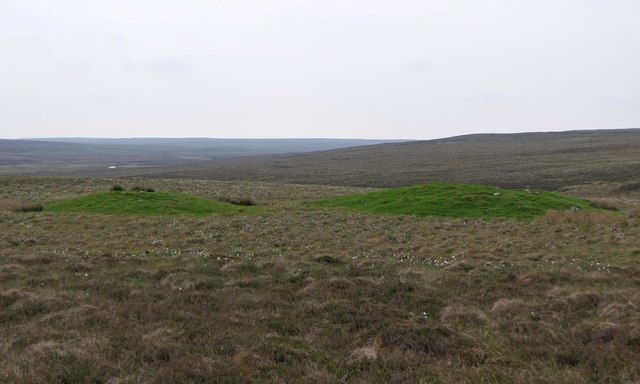
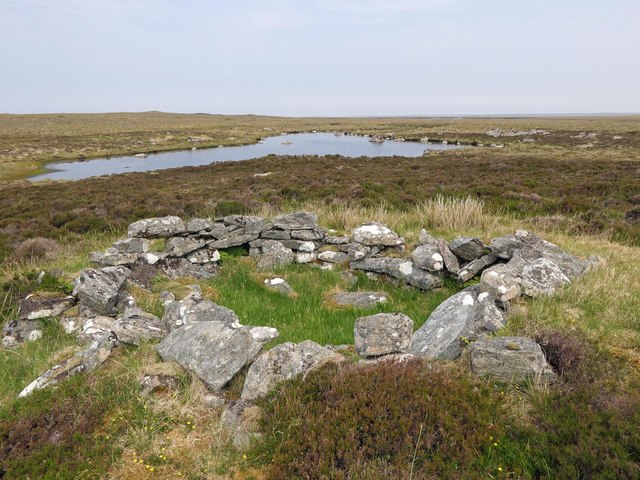
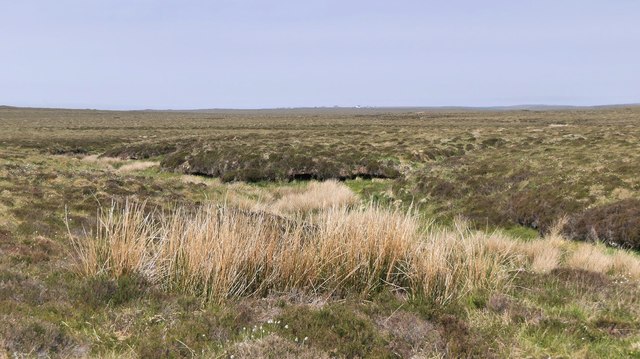
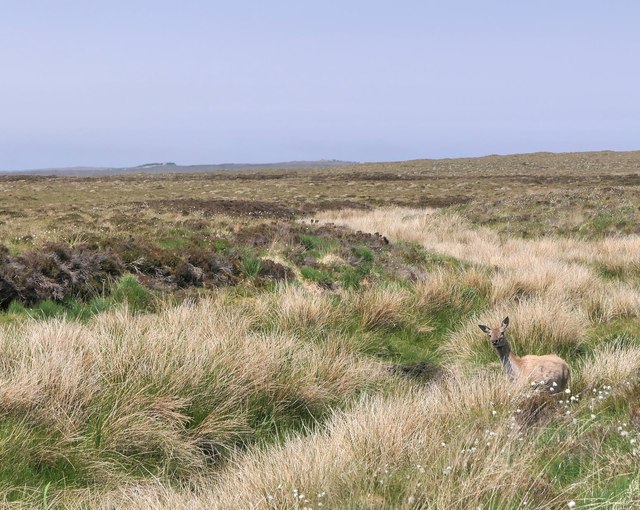

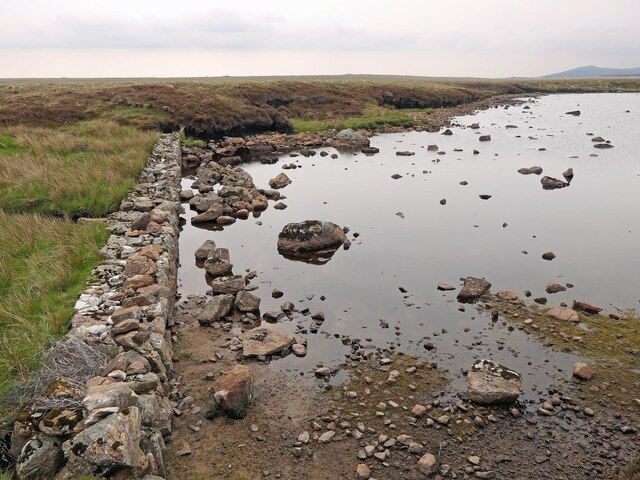
Loch Sgeireach Tom Aister is located at Grid Ref: NB3546 (Lat: 58.324648, Lng: -6.5197724)
Unitary Authority: Na h-Eileanan an Iar
Police Authority: Highlands and Islands
What 3 Words
///guesswork.skate.plans. Near Stornoway, Na h-Eileanan Siar
Nearby Locations
Related Wikis
West Side, Lewis
The West Side (Scottish Gaelic: An Taobh Siar) is the name used for the (predominantly Gaelic-speaking) settlements along the NW coast of the Isle of Lewis...
Brue
Brue (Scottish Gaelic: Brù) is a village on the Isle of Lewis in the West Side district, in the Outer Hebrides, Scotland. It is a crofting township and...
Barvas
Barvas (Scottish Gaelic: Barabhas or Barbhas, pronounced [baravəs]) is a settlement, community and civil parish on the Isle of Lewis in Scotland. It developed...
Arnol
Arnol (Scottish Gaelic: Àrnol) is a small village typical of many settlements of the west coast of the Isle of Lewis, in the Outer Hebrides, Scotland....
Have you been to Loch Sgeireach Tom Aister?
Leave your review of Loch Sgeireach Tom Aister below (or comments, questions and feedback).


